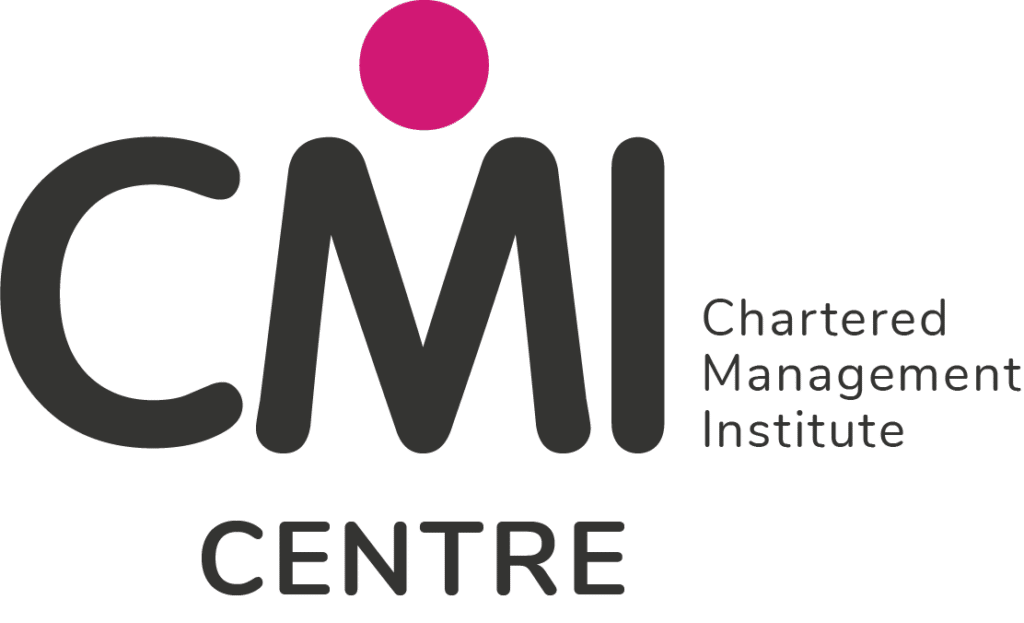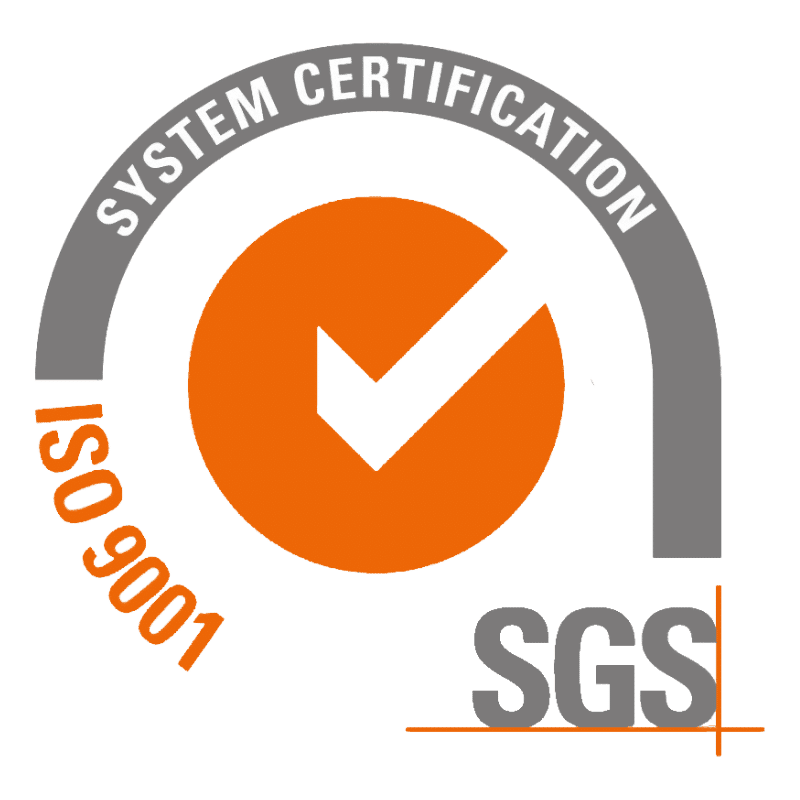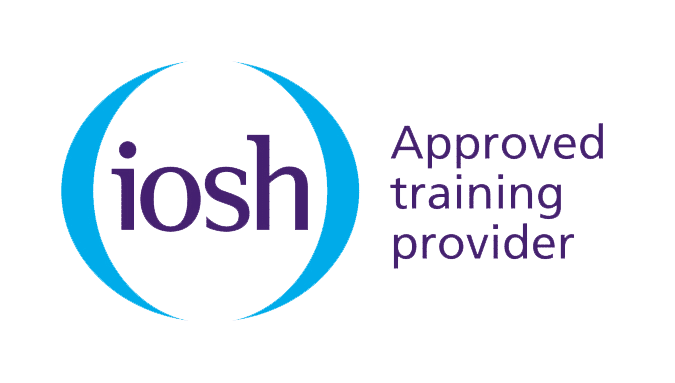When it comes to finding out what works well in the world of management and leadership, there are few better places to look than an ILM research report. As a leading provider of management and leadership qualifications, they set the benchmarks for performance in these practices and keep their finger on the pulse of how best practice is developing and where improvement is required.
In a recent publication, they have turned their attention to organisational values and values-based leadership, and the growing relevance of these to organisational success. The ingrained culture and exhibited values of a 21st Century company are known to have a direct relationship with its ability to attract and retain employees, the engagement of their workforce and their levels of productivity and profitability.

It is vital for the future innovation of our economy and growth of UK plc that we have organisations like ILM performing detailed research into management and leadership best practice and approaching their recommendations with rigour. Earlier this month, we summarised the recommendations that the Chartered Management Institute made to the Government in the context of their ‘Comprehensive Spending Review 2021’ and we’re pleased to condense and share insight from ILM’s 92-page report here. We are proud to be a long-term learning partner and approved centre with both ILM and CMI, enabling us to leverage their experience and expertise into the delivery of highly respected qualifications.
Firstly, in ‘Leading Through Values: Leadership through principles and practice’, ILM is keen to underline the fact that an organisation’s values and culture are not one and the same.
“The values are the bedrock. The culture sits on top of that. It’s the landscape that shifts on top of the values. It can move and shift and evolve. Culture is the manifestation of the values”
Say, for example, an applicant asks at the end of their interview, “do you enjoy working here?” The interviewer won’t recite the company values like a robot and the applicant would probably run a mile if they did! Instead, their response will be guided by the culture that surrounds them every working day. Another possible question – “how do this organisation’s values drive its culture?” – might make the interviewer stop and think if the values are simply painted on the walls, rather than genuinely evidenced in behaviours and attitudes.

These questions are not unrealistic; ILM’s whitepaper highlights the shift in employee preferences, particularly in the context of the current disparity between vacancies and applicants. Prospective employees are looking beyond compensation to examine values and culture and a majority – 69% according to research – will reconsider an offer if the latter seems toxic. The newer generations of workers are just as focused on a role’s growth potential and how satisfied they will be in it than how they will be paid.
The report then explores ‘employee drivers’, i.e. things that employees want or value which, if in place, will drive motivation and, therefore, productivity. That organisations are increasingly exploring these to drive performance in their workforce speaks to the growing understanding that the culture they build around their human resources will have a clear and traceable impact on the ultimate metric: revenue. Drivers that are identified include:
- Person-centred and authentic leadership: managers with the skills and knowledge to behave genuinely, with empathy and acceptance
- Employee wellbeing: more than surface-level policies and practices that reduce stress, empower individuals, promote inclusivity and discourage presenteeism
- Self-directed and autonomous learning: individuals are allowed to upskill themselves in areas they’re interested in or consider valuable to their role

The third section of ILM’s whitepaper seeks to separate values from other important organisational tools/characteristics, namely: purpose, vision and mission. Values must speak to and relate to the purpose, but the purpose itself is a succinct statement, true for both the organisation and those who work for it, which outlines why the company chooses to exist. It speaks to the value of the employees themselves shaping or even defining organisational values which, once written in the organisation’s own voice, can accelerate progress towards the purpose, vision and mission goal.
The ability of values to break down organisational silos is another area focused on. Several of the organisational case studies used to inform the whitepaper discuss their desire to avoid silo-based working when focusing on their organisational values. Whether using them as an organising principle or to create a centralised and standardised structure, values can create a system in which everyone pulls in the same direction, regardless of their team or department. Collaboration and communication improves as a result, and the selfish, narrow-minded nature of silo-like behaviour is mitigated and prevented from developing.

‘Leading through Values’ acknowledges that culture is a difficult thing to measure and track, being largely an intangible ‘feeling’ that people can sense whilst working somewhere. Given that these feelings are brought about by behaviours, these are a good place to start. However, going too far down the rabbit hole of ‘tracking behaviour’ is risky and unlikely to convince individuals that they are working within an inclusive, understanding and equitable culture. Methods that ILM discovered organisations are using to measure the effect that values are having on culture include learning and development, customer engagement and the shift from annual performance appraisals to regular conversations about learning and development requirements.
The detailed and insightful report concludes with the following points:
- People choose values over renumeration: a lack of strong values or their absence from the day-to-day running of your organisation can prevent access to the most talented prospective employees. These individuals, who hold values in high regard, want to be part of cultures where values are embodied, and work hard when they get the opportunity to be.
- Consultative processes are powerful: values are at their most effective and representative when staff are made part of their development.
- Movement away from hierarchy is popular and effective: it’s evident that people are more likely to embrace values in a way that resonates in their work in less hierarchical organisations. The equitable, trusting culture that many organisations strive for is more accessible when breaking down traditional, tiered organisational structures.
- Leadership must invest in values: avoiding ‘hollow’ values that are espoused but not embodied requires investment of time, effort and resource by leaders at all levels, but particularly executive.

We hope that the insight from ILM’s report, of which you can find the full, 92-page version here, is valuable to your strategic learning and development planning.
When considering the training that will support your managers to be effective and build strong, values-based cultures, ILM’s Leadership & Management and Coaching & Mentoring qualifications are market-leading. We deliver both via virtual, face-to-face and distance learning delivery.

Our popular programmes delivering the Level 3 (Team Leader/Supervisor) and Level 5 (Operations/Departmental Manager) Management Apprenticeship standards have also been mapped to ILM qualifications at each level, which can be completed alongside apprenticeships and awarded upon completion, for extra benefit and added value. We are currently accepting enrolments on ‘open’ programmes starting in early 2022 at both Levels 3 and 5 – send us an enquiry if you are interested in finding out more!








